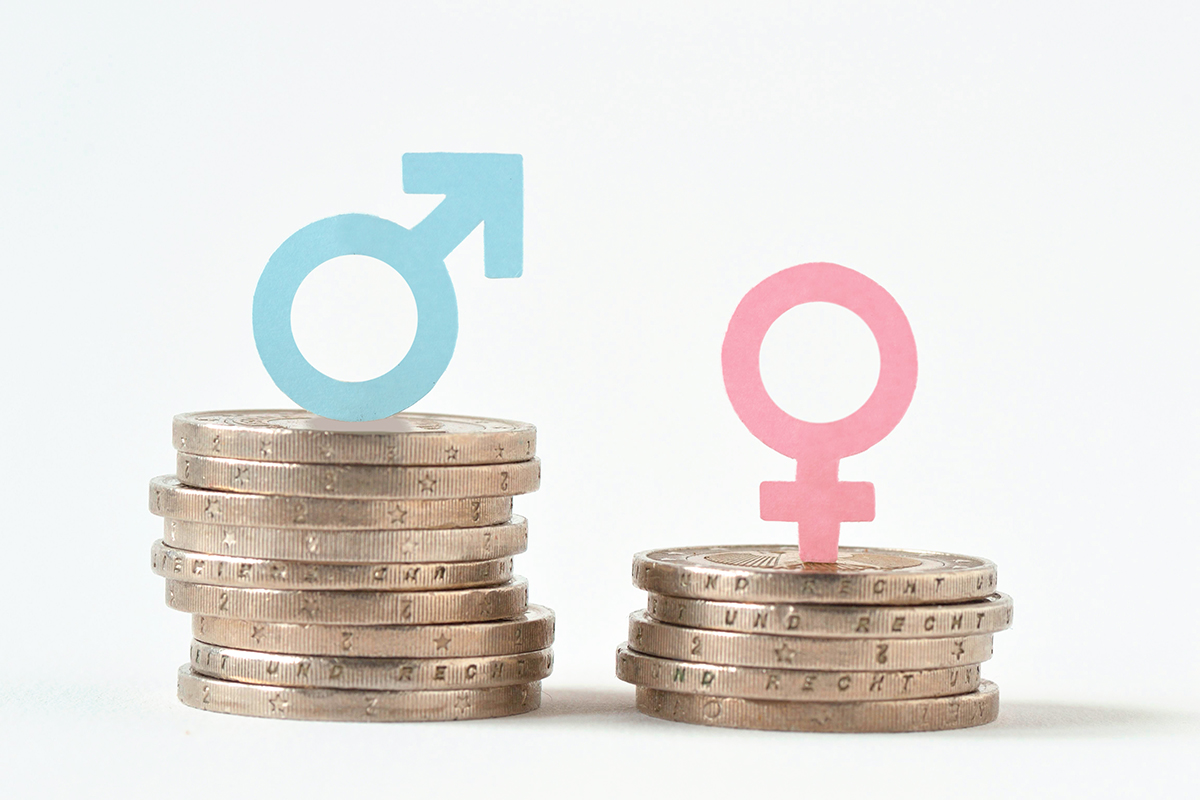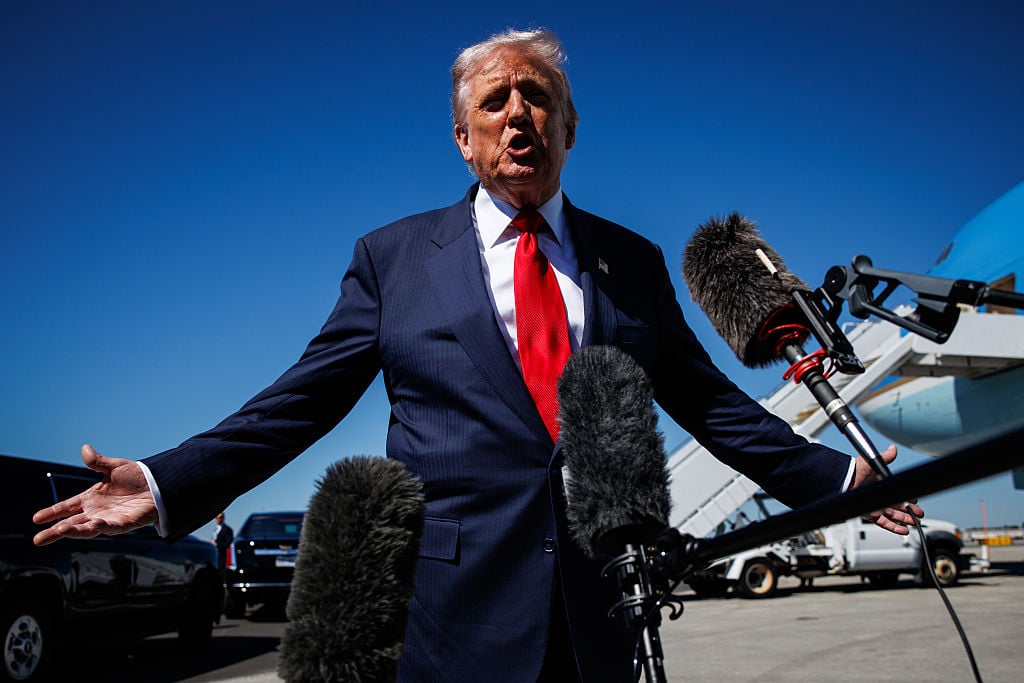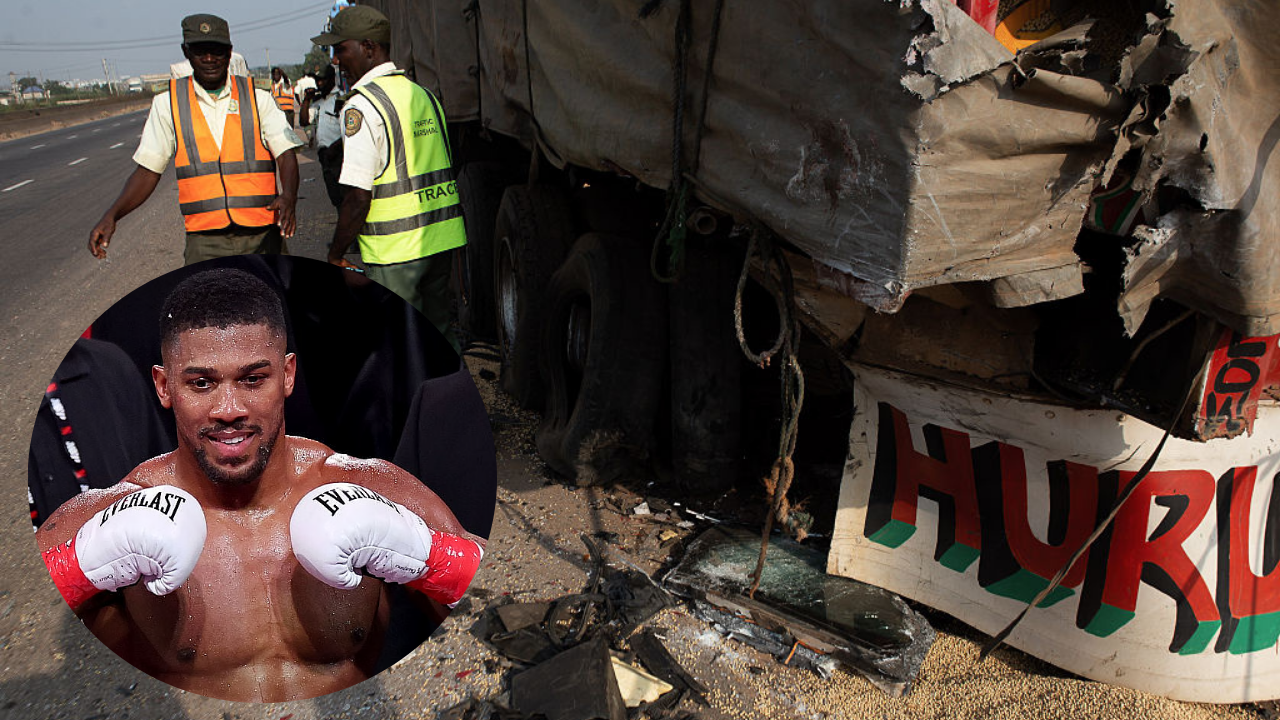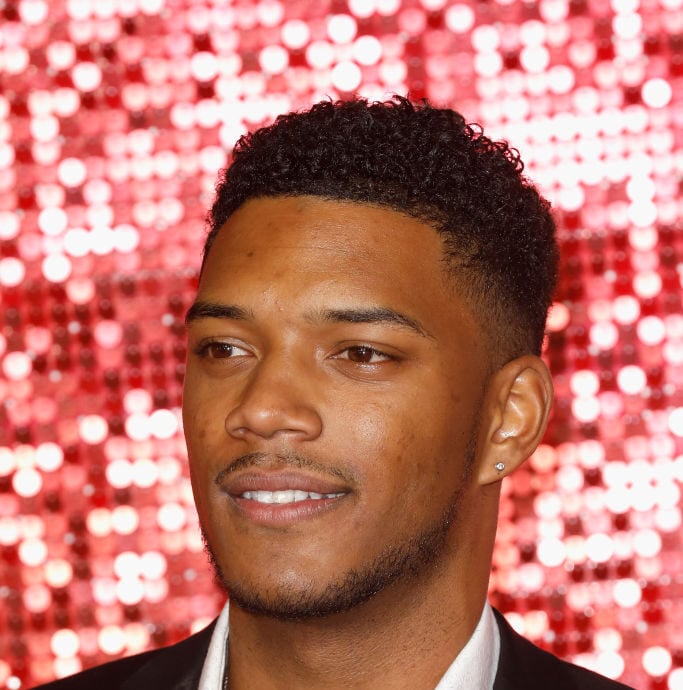
For the first time in history, the women’s NCAA basketball championships title game attracted more viewers than the men’s team for one reason—Caitlin Clark. The University of Iowa superstar was the Indiana Fever’s number one pick in the 2024 WNBA draft. But when it came time to receive her first salary as a professional basketball player, many fans—and women across the country in general—were shocked by the amount: $76,535.
The media and social media were generally outraged. Glamour wrote, “The math is not mathing” and quoted a Twitter post that said Clark would qualify for low-income housing in San Francisco on that salary. By contrast, the NBA’s number one draft pick will receive over $10 million. According to an NBC article, Clark will earn $338,056 in total in the WNBA over four years. However, last year’s number one pick in the NBA draft (Victor Wembanyama) signed a $55 million four-year contract.
The widely shared counterargument to the discrepancy is that women’s professional basketball doesn’t sell as many tickets or draw as many viewers as men’s. It’s yet to be seen if Clark will change that narrative. In the end, the country didn’t cry too much about Clark actually ending up in poverty (according to this Sports Illustrated article, Clark has a pending continued partnership with Nike, which is worth up to $28 million), but the principle of the matter persists.
“What fans (old and new) should learn from this is that to ensure pay equity is achieved for the WNBA, as well as across the women’s sports landscape, there needs to be significantly increased media coverage of women’s sports, high valuation of broadcast media rights, powerful sponsorship investment [and] consistently packed venues at all levels of the women’s sports ecosystem,” says Danette Leighton, CEO of the Women’s Sports Foundation, a nonprofit organization that works to expand access and opportunities to sports for girls and women. “This intentional investment must grow in every aspect of the business.”
Clark’s pay brought attention back to a centuries-long issue: the wage gap and inequitable pay between men and women. Here’s how far we’ve come in resolving the wage gap and the work still to be done.
Stalled progress on the gender wage gap
According to the Pew Research Center, the gender pay gap “has barely closed in the United States in the past two decades.” The center reports, “In 2022, American women typically earned 82 cents for every dollar earned by men,” a fractionally small increase from two decades earlier, when women earned just 80 for every dollar.
At least it’s improving, right? Not quite. According to the National Women’s Law Center, the 16-cent difference between men’s and women’s wages means that “women, regardless of their race or ethnicity, would lose $399,600 over the course of a 40-year career.”
Equitable pay is required by law
You might remember when you learned in high school social studies class that equitable pay is actually required by law. So what’s the issue? “The Equal Pay Act, which established that men and women would receive ‘equal pay for equal work,’ has been the law of the land since 1963, but its impact historically has been diminished due to a lack of real enforcement,” says Robert Sheen, CEO of Trusaic, a workplace equity technology company in Los Angeles. “There are also several reasons employers can give to justify apparent pay disparities under the Equal Pay Act,” he adds.
The Equal Pay Act is partially unenforceable due to the secrecy of pay conversations and employees’ reluctance to share rates. “Employees don’t know because there remains a cultural phenomenon to be secretive about pay,” says Daphne Delvaux, Esq., attorney and founder of San Diego-based Delvaux Law, a law firm devoted to women’s rights at work. She is also the founder of “The Mama Attorney” account on Instagram, which works to help educate and advocate for women in the workplace. “Often people believe that discussing pay or generally talking about money is ‘unprofessional.’ Employees also have a privacy right when it comes to their pay.
“People are not obligated to disclose their pay when asked by a peer. However, companies often take this too far and impose policies that employees are not allowed to discuss pay. These policies are unlawful. Employees are allowed to talk about their pay.”
She adds that “employees usually don’t talk about their pay. Unless a man volunteers his pay or a woman accidentally finds a pay stub on a desk, she won’t know what her male peers are paid, and she won’t be able to advocate for more pay as she won’t have a benchmark to compare herself to.”
Wage disparities by industry
Are teachers as likely as doctors to see wage discrepancies? Are the Caitlin Clarks of the world facing the same pay differences as those in other types of work?
The Institute for Women’s Policy Research studied the “20 largest occupations for women,” and determined that the ones with “the worst pay inequities” were:
- Financial managers, where women only earn 71% of what men earn
- Retail salesperson—72%
- Education and childcare administrators—79%
- Administrative assistants—80%
- Managers—81%
This graph from the U.S. Department of Labor shows some roles in which women typically make more than men (such as tutors and personal care and service workers) and others that are about equal.
A Forbes Advisor study determined “real estate brokers have the largest gender pay gap, with men earning 60% more than their female counterparts. Coming in second place is personal finance advisors, where men earn 58% more than women in the same role.”
In addition, mothers and women of color are at higher risk of pay inequities, Delvaux says.
How to change the gender wage gap
Employers and employees alike can work toward wage gap improvements. But pay changes might simply reflect a change in societal values.
Unfortunately, the issue is complex and there’s no quick fix. “Women historically have lower starting salaries, [which are] caused by numerous factors, including… [less] experience with negotiating salaries, [more] time spent out of the workforce and [fewer] opportunities for advancement,” says Tara Bodine, a fractional HR consultant and founder of True North People Consulting in Massachusetts. “If we did fix the pay discrepancies today, I would argue that we would find ourselves in a similar situation, as the root cause behind the gender pay gap is deeply rooted in gender norms.”
But even within the broken system, there are some action steps. Employers need to “take time to educate their employees” on their total compensation package, Bodine says. “Companies should take the opportunity to teach employees at all levels about business financials. This education provides a level of experience and exposure that helps employees support the business vision and understand how they fit into the strategy.”
She adds that everyone needs to “get comfortable with negotiating salary and advocating for the full value of what [they] offer. This important influencing skill starts with confidence and believing that you are worth the money and your role.”
So as Clark battles for viewers to create systemic change in sports and coworkers talk about salaries over lunch breaks, more awareness and eventual change might happen.
“Equity is not a ‘nice-to-have’ but a ‘must-have’ for everyone,” Leighton says. “For society to win, we must fight for it and invest in it—in sports and beyond.”
Photo credit: CalypsoArt/Shutterstock.com




